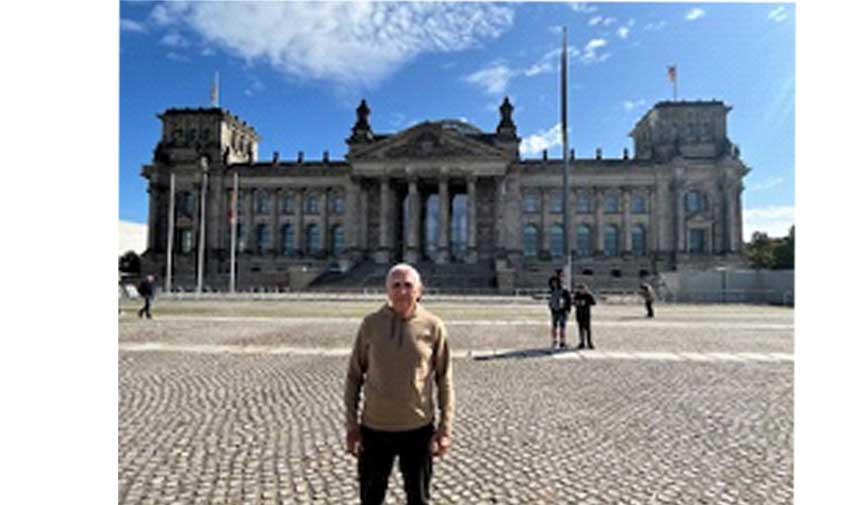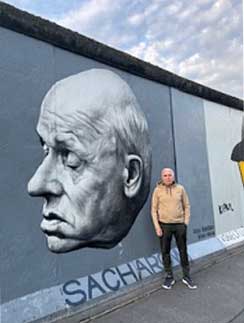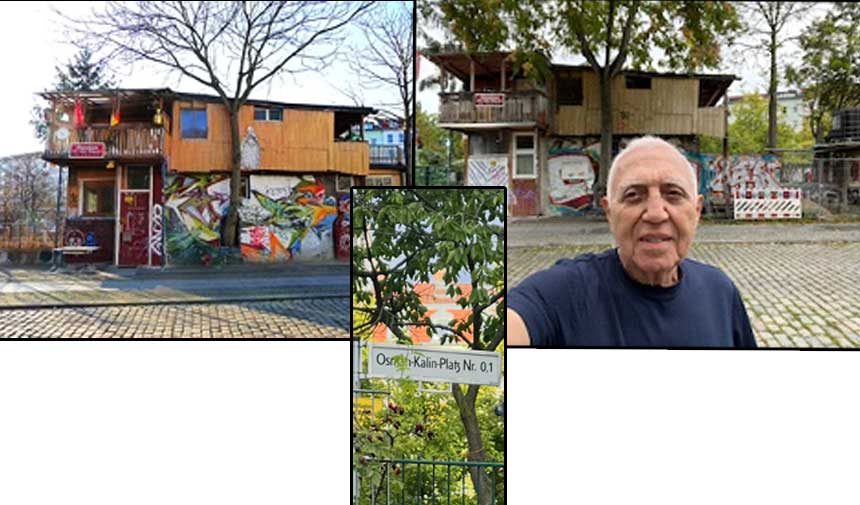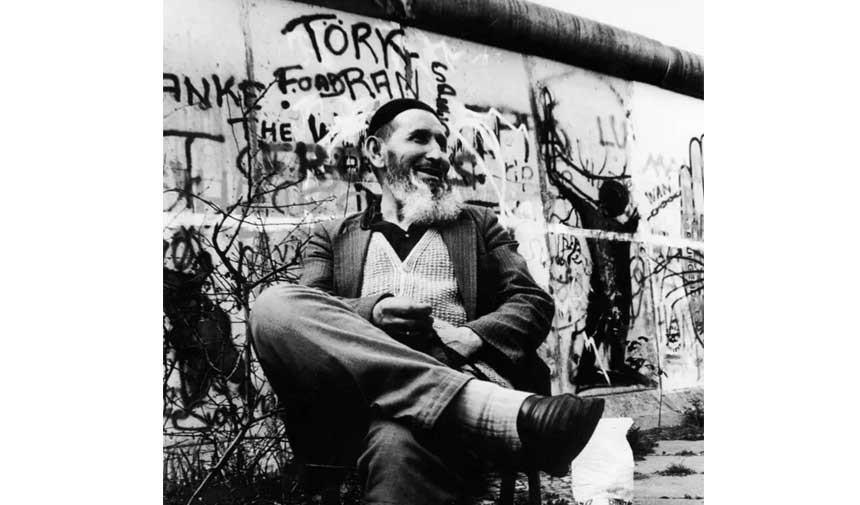Berlin from East to West

I was in Berlin for a week. I went there while working at TRT during the Cold War. I had toured West Berlin, but I was curious about not being able to go beyond the wall to the East side. This time, I stayed on the East side.
I'm not sure how much difference I could see between the two sides in such a short time, but I can say that I liked East Berlin better, from the buildings to the roads and even the street lights.
Undoubtedly, the most famous of these structures is the Reichstag Parliament building, which was located within West Berlin during the Cold War. The famous Brandenburg Gate was located in East Berlin.

https://tr.wikipedia.org/wiki/Reichstag
Berlin holds a special place among US Presidents. US President John F. Kennedy's historic "I am a Berliner" speech, delivered at the Rathaus Schöneberg in June 1963, is considered one of the most memorable anti-communist speeches of the Cold War.
US President Ronald Reagan visited West Berlin on June 12, 1987. During his visit, he made a speech at the Brandenburg Gate and addressed Soviet leader Mikhail Gorbachev, making history with the words, "Gorbachev, tear down this wall!"
We can also count the 'victory column', which hosted the speech of US President Barack Obama in Berlin on July 24, 2008, among his important works.
Traces of the Soviet Union's participation in the Battle of Berlin in 1945 can be seen in many places. The divisive marks created by the wall seem to have vanished, vanishing into thin air. Areas where the wall once ran through the heart of the city have been rebuilt, giving way to buildings, squares, and streets, while other areas have generally been repurposed, transformed into roads or green parks.
There's been a tremendous uproar, especially among young people, many of whom seem uninterested in what happened in the past. The wall has become a historical monument featured in textbooks, and of course, it's also become a tourist attraction generating significant revenue. The paintings on it are captivating.
The simple, beautiful portrait that adorns the East Berlin-facing side of the wall is undoubtedly that of the renowned Nobel Peace Prize-winning Soviet nuclear physicist and human rights activist Andrei Sakharov-Andrej Sacharow. Sacharow, a champion of freedom, passed away in 1989, a few weeks after the fall of the wall.
https://tr.wikipedia.org/wiki/Andrey_Saharov

DEATH LANE
But what fascinates me most is the remarkable story of resistance by Osman Kalın, a construction worker from Yozgat who came to Germany in 1964 to work. In 1982, he resisted both sides at the intersection of the Wall separating East and West Berlin, building a "tree house" on a vacant plot of land belonging to East Berlin west of the Wall. He disregarded the surrounding wire fences, mines, armed German soldiers with dogs patrolling the east of the Wall, and police officers on the west side. The tree house he built in the area known as the "Death Strip" is now a work of art. The area where the garden is located is named after Osman Kalın.

Osman Kalın, who cleared a huge garbage dump in Berlin's famous "Turkish neighborhood" Kreuzberg and turned it into a garden by planting vegetables and fruit trees, works day and night, while his wife Fadik constantly cooks and brings meals to her husband every day.
Meanwhile, East German soldiers, who constantly monitor West Berlin from towers, visit Kalın two weeks after he begins digging in the garden, asking him what he's doing. They want to make sure he's not digging a tunnel. The garden also intersects one of the narrowest sections of the "Death Strip," a place where many people attempt to tunnel their way out.
When the East German soldiers saw that he was only tending the garden, they allowed him to enter the area three meters beyond the wall. This time, West Berlin police arrived at Osman Kalın's door and demanded he leave. Kalın put up a fierce resistance, and the West Berlin police were overwhelmed. This pleased the East German soldiers and allowed him to use the entire plot.

Image: BBC
East German soldiers grew accustomed to Osman Kalın, waving at him before ascending the towers in the mornings, and he gave them some of the onions and garlic he had grown. They also gave him wine on New Year's Eve, unaware that Kalın didn't drink.
Osman Kalın's story continues after the Wall falls.
When the Berlin Wall fell in 1989 and Berlin became a single city, Kalın's garden was no longer in Kreuzberg, but in the Mitte district. The Mitte Municipality demanded that this "anarchist warrior spirit" leave the plot.
Kreuzberg residents took to the streets, and the priest of nearby St. Thomas Church also supported Kalın, presenting a document proving the garden's ownership of church land. Unable to withstand public pressure, the Mitte Municipality officially redraws the border, leaving the garden on the Kreuzberg side.
Osman Kalın passed away in 2018 at the age of 96. The garden of the historic Tree House, which served as a bridge between the two Berlins, is neglected and attracts great attention from tourists.
Tele1





